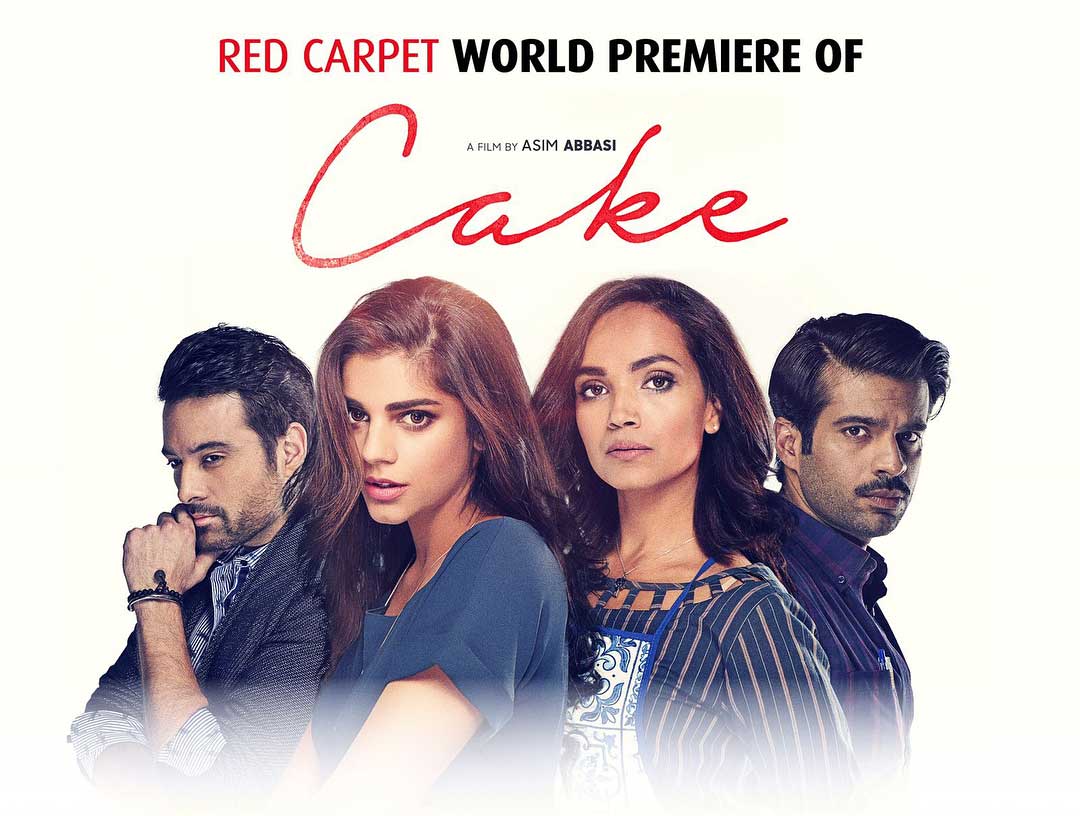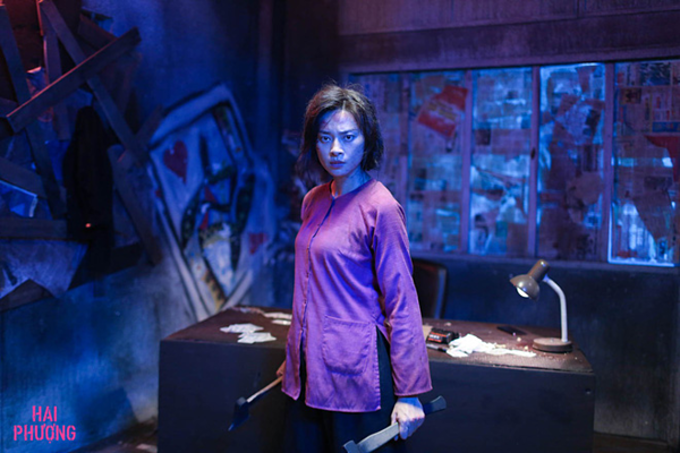https://claudialouisemuller.com/2018/09/11/claudia-muller-independent-digital-asia-autoethnography/
Ola mi amigos, time for another autoethnography project!
Utilising autoethnography as an approach to research can reveal qualitative insights into areas that may go amiss with traditional research methodologies, made evident by the hundreds of BCM students to pass before me. I can particularly see how the process assists many in Digital Asia, encouraging students to view Asia as ‘another’ rather than ‘other’ through immersing themselves into the culture or point of interest. This week, we were tasked with selecting a specific area of Asian interest to become literate in, prompting an account of our experience with a topic, text, product, service or platform of our choosing, to be broken down into a field site, a data type, speculative research area, and a communication format.
Now, if you ask me what the one thing of interest I have about Asia that I have yet to look into and better yet to barely begin to understand, its cosplay. I have always been aware of its existence and acknowledged its seemingly large following purely from interactions online, but with friends recently getting into it and my club having several interactions with the Universities’ Cosplay society, my interest has been peaked. Although, I was particularly curious to understand cosplay surrounding a broad spectrum of fandoms, but also that which surrounds styles adopted from Studio Ghibli. I’ll get to how I got to this point later in the blog, but growing up I didn’t get the chance to watch much anime at all, I was rudely informed only at the ripe old age of 20 that Winx Club was actually Italian and very much not anime (although it did apparently have a cult following in Japan in the 2000s).
Despite this, in high school my two best friends agreed that we should all watch the others favourite movie. While I picked Gatsby and our friend Tom picked Casino Royale, we were very lucky that our beautiful friend Georgie showed us Howl’s Moving Castle as hers. It was the beginning of my love for Studio Ghibli films. I have seen it twice more since that first movie night, and I have seen a few other cult favourites over the years such as Spirited Away and Kiki’s Delivery Service to name a few. Each and every time I have fallen in love with the illustrations, the colours, the settings, and the ability of the films to transport you elsewhere. This may stem from many years of art classes growing up, or from my studies in Design throughout uni, but I can never let my mind pass over the images without admiring them.
So here we are. Combine a need to understand and know more about the world of cosplay and an appreciation for the style and aesthetics of a studio’s animes and boom. You’ve got yourself a project. Not just any project, an
~** i n d e p e n d a n t d i g i t a l a s i a a u t o e t h n o g r a p h y **~
The thought of tackling cosplay in a project like this is daunting to me, and it isn’t necessarily the idea of dressing up that scares me but the act of putting yourself in a vulnerable state perhaps? It is definitely not the costumes themselves, as I have always been fond of them for their excessive nature and the likeness to the imagination. I taught myself to sew growing up, and I was forever making weird and wonderful pieces that weren’t practical for everyday use. Most of which I have never shown anyone. I am curious, nonetheless, of cosplayers confidence when in character – I will make a very generalised assumption that it’s the ability to be someone who you are not that allows it to bloom, but who am I to know for sure? This fear of vulnerability may be perfect for this particular project, especially with the intended methodology. Ellis and Bochner (2006) support autoethnography ought to be “unruly, dangerous, vulnerable, rebellious, and creative”. My interest in anime, similarly, most likely stems from an appreciation for illustration and art; I was always drawing growing up.
Which brings us to the breakdown of this research project. I needed to set myself some guides as my mind does tend to wander when it comes to research, particularly ethnography.
Experience/Field Site:
- Cosplay + Anime: wearable pieces?
Data Type
- Reactions + feelings during experience
- History and insights on cosplay
- Physical clothing items and created pieces:
(HMC) Calcifer earrings, skirt?
(HMC) Sophie’s hat
(HMC) Sophie’s dress
(HMC) Howl’s wings – dress/top
(Akira) Kaneda’s red jacket
(SA) No face earrings or patch
Research/ to Speculate
- Speculating that the fashion and aesthetic of anime often translates into cosplay which is a high level of commitment, is there a middle ground?
Communication & DA Format
- Instagram account with vlog-style stories and photos to post. Photographs of alike finds, videos of creating processand/or blog posts to accompany.
To kick the project into gear, I began by creating an Instagram account (@cosplaystudies) to detail all of my data in a curated means, and begin to work my way through the topic. I started by looking for inspiration and put my ‘feelers out there’ but trawling through s o m a n y hashtags across Pinterest, Instagram, and Tumblr to see what people were actually cosplaying as. I feel that I mustn’t let my own preferences get in the way of understanding cosplay as a whole, rather than a specific alley of the culture itself. A true testament to the ability of autoethnography, as Rachel E. Dubrofsky & Megan M. Wood (2014) dictate “privilege participation in the form of self-reflexivity and active fashioning of the self” can act as an extension of the data or rather as a constraint. A starting point nonetheless, there’s much more to be investigated. I am most looking forward to getting to what I hope to be a very tactile part of the project.
That’s all for now,
Claudia
…
Dubrofsky R. E., Wood M.M., (2014) Communication and Critical/Cultural Studies Vol. 11, No. 3, September 2014, pp. 284
Ellis C., Bochner A. P. (2006). Analyzing analytic autoethnography: An autopsy. Journal of Contemporary Ethnography, pp. 433.

















